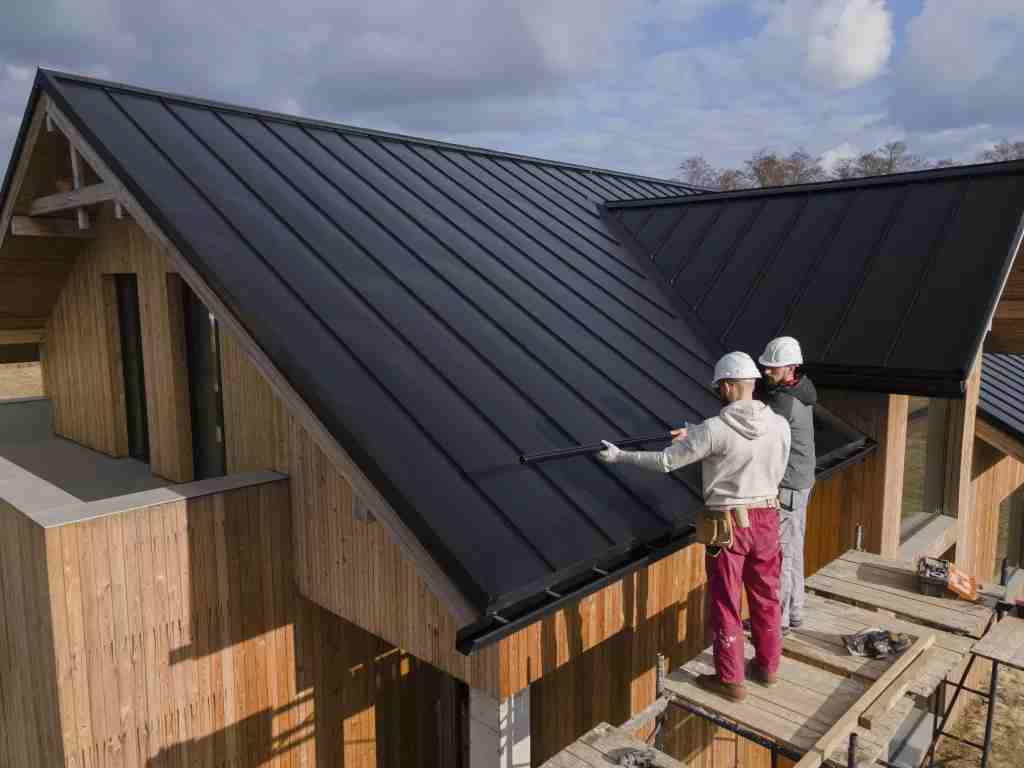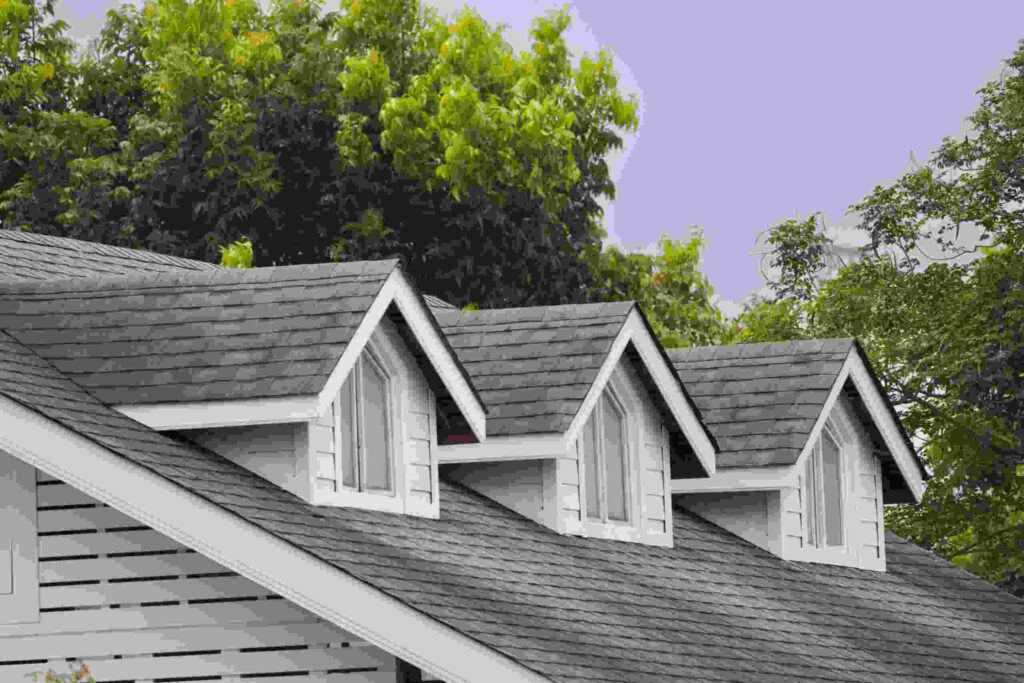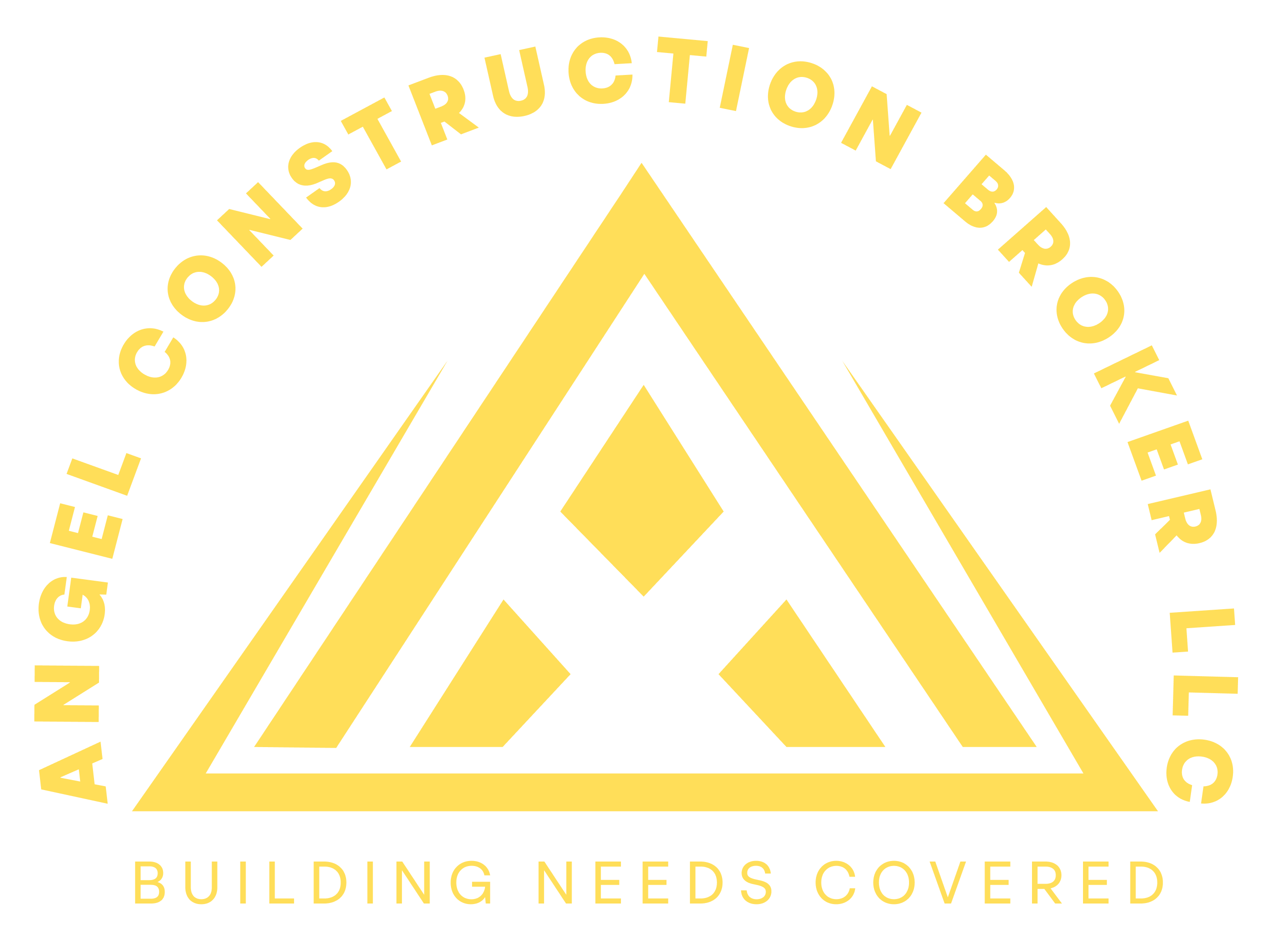In Hoover, AL, determining whether your roof needs repair or replacement involves careful assessment of several key factors. These include the age of your roof, signs of damage such as leaks or missing shingles, the extent of wear and tear, and the overall structural integrity. Angel Construction Broker LLC helps to unravel the factors like severe weather conditions common to the area, such as storms and high winds, can also impact the condition of your roof. A thorough inspection by a professional roofing contractor is essential to accurately diagnose any issues and recommend the appropriate course of action. This proactive approach ensures your roof remains durable and continues to protect your home effectively.
Age:
The age of your roof serves as a critical indicator of its condition and potential need for repair or replacement. In Hoover, AL, the lifespan of an asphalt shingle roof typically ranges from 20 to 25 years. However, this can vary depending on factors such as maintenance, weather exposure, and ventilation. As your roof approaches or surpasses this age threshold, it becomes more susceptible to deterioration, leaks, and other issues. Regular inspections by a professional roofing contractor can help determine if your roof is nearing the end of its lifespan and requires replacement to ensure the continued protection of your home.
Visible Damage:
Conducting visual inspections of your roof on a regular basis is crucial for identifying visible signs of damage. Look for missing, cracked, or curling shingles, which can compromise the integrity of your roof and lead to leaks if left unaddressed. Pay close attention to areas where flashing is installed, such as around vents, chimneys, and skylights, as damaged flashing can also contribute to water infiltration. Additionally, sagging areas or signs of water stains in your attic indicate potential roof damage that necessitates immediate attention. Addressing visible damage promptly can prevent further deterioration and extend the lifespan of your roof.

Granule Loss:
Asphalt shingles are coated with protective granules that shield them from the sun’s UV rays and harsh weather conditions. Over time, these granules can wear away, leaving the underlying shingles vulnerable to damage. To assess granule loss, inspect your gutters for an accumulation of granules, especially after heavy rainfall or when cleaning them out. Excessive granule loss can accelerate the deterioration of your shingles and compromise the waterproofing capabilities of your roof. If you notice significant granule loss, it may be time to consider replacing your roof to ensure optimal protection and longevity.
Leaks:
Roof leaks are one of the most apparent signs of roof damage and require immediate attention to prevent further structural issues and water damage to your home. Signs of a roof leak include water stains on your ceiling or walls, particularly after rainfall, as well as damp or moldy areas in your attic. However, identifying the source of a leak can be challenging, as it may originate from damaged shingles, flashing, vents, or roof penetrations. Therefore, it’s essential to enlist the expertise of a professional roofing contractor to conduct a thorough inspection and accurately diagnose the cause of the leak. Prompt repairs can mitigate the risk of extensive damage and costly repairs down the line.
Moss or Algae Growth:
In humid climates like Hoover, AL, moss or algae growth on your roof is not uncommon and can detract from its aesthetic appeal. While small amounts of moss or algae may seem harmless, they can indicate underlying issues such as poor drainage or excessive moisture retention, which can compromise the integrity of your roof over time. To prevent moss and algae growth, ensure proper ventilation and drainage on your roof and trim overhanging branches to allow sunlight to reach the roof surface. Additionally, consider installing zinc or copper strips along the ridge of your roof to inhibit moss and algae growth. Regular roof maintenance and cleaning can help preserve the appearance and functionality of your roof.
Light in Attic:
The presence of daylight visible through your roof boards in the attic is a telltale sign of roof damage and potential water infiltration. During daylight hours, inspect your attic for any areas where light is shining through gaps or cracks in the roof decking. These openings may be indicative of missing or damaged shingles, deteriorating roof decking, or improper installation. In addition to allowing water and pests to enter your home, gaps in your roof can compromise the insulation efficiency of your attic and contribute to energy loss. Addressing these issues promptly can prevent further damage and ensure the structural integrity of your roof.
Energy Efficiency:
Energy efficiency is not only important for reducing your carbon footprint but also for lowering your utility bills. A compromised roof can contribute to energy inefficiency by allowing heat to escape during the winter and hot air to infiltrate during the summer. If you’ve noticed an increase in your energy bills, it could be a sign that your roof’s insulation or ventilation is inadequate. Additionally, leaks or gaps in your roof can allow conditioned air to escape, further exacerbating energy loss. A professional roofing contractor can assess the energy efficiency of your roof and recommend measures to improve insulation, ventilation, and overall energy performance.
Roof Valleys:
Roof valleys, where two roof planes intersect, are particularly vulnerable to water infiltration and damage. Improper installation or deterioration of roofing materials in these areas can lead to leaks and structural issues if not addressed promptly. During your roof inspection, pay close attention to the condition of the roof valleys and look for signs of wear, damage, or deterioration. Common issues to watch out for include cracked or missing shingles, exposed underlayment, and signs of water staining or pooling. Addressing issues in the roof valleys promptly can prevent water damage and extend the lifespan of your roof.
Roof Decking:
The roof decking, or sheathing, provides the structural foundation for your roof and serves as a base for the roofing materials. Damage or deterioration to the roof decking can compromise the integrity of your entire roof system and pose safety hazards. During a roof inspection, examine the condition of the roof decking for signs of rot, decay, water damage, or pest infestation. Soft spots, sagging areas, or visible holes are indicators of potential issues that require immediate attention. Repairing or replacing damaged roof decking is essential for maintaining the structural integrity and safety of your roof.
Flashing:

Flashing is a crucial component of your roof’s waterproofing system, sealing joints and transitions to prevent water infiltration. Common locations for flashing include around vents, chimneys, skylights, and roof valleys. Over time, flashing can become damaged, corroded, or improperly installed, compromising its effectiveness and leading to leaks. During a roof inspection, carefully examine the condition of the flashing and look for signs of rust, corrosion, gaps, or damage. Properly installed and maintained flashing is essential for protecting vulnerable areas of your roof and preventing water damage.
Gutter System:
Your gutter system plays a vital role in directing water away from your roof and foundation, preventing water damage and erosion. Clogged or damaged gutters can impede the flow of water, leading to water pooling on your roof and causing damage to shingles, fascia, and soffits. During your roof inspection, inspect the condition of your gutters and downspouts for debris buildup, sagging, rust, or damage. Clearing debris from your gutters and ensuring proper drainage can help prevent water damage and prolong the lifespan of your roof.
Professional Inspection:
While DIY roof inspections can help you identify obvious signs of damage, nothing beats the expertise and experience of a professional roofing contractor. A professional inspection involves a thorough evaluation of your entire roof system, including the roof surface, flashing, gutters, attic, and structural components. Roofing professionals are trained to identify hidden issues and potential problems that may not be immediately apparent to the untrained eye. By scheduling regular professional inspections, you can catch issues early, prevent costly damage, and ensure the long-term performance and durability of your roof.
Conclusion:
In conclusion, maintaining a safe and functional roof in Hoover, AL, requires regular inspections and prompt action if any issues are detected. Whether it’s repairing minor damages or opting for a full replacement, prioritizing the health of your roof ensures the long-term protection of your home and belongings. Consulting with experienced roofing professionals and staying vigilant for signs of wear and tear can help you make informed decisions about the best course of action for your specific roofing needs. By addressing roofing issues promptly, you can avoid costly repairs and safeguard your property against potential water damage and structural issues.
